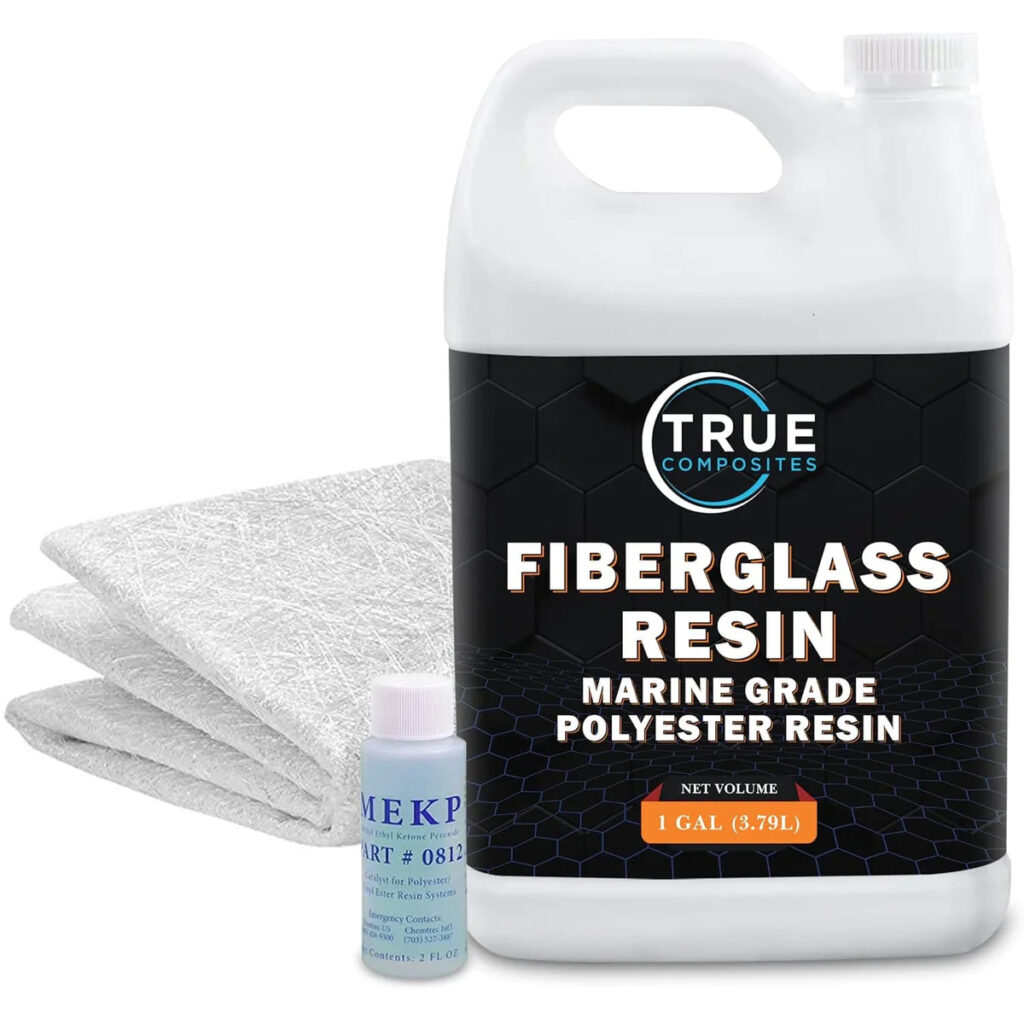
Introduce
At Aiswix, we have always been committed to providing high quality fiberglass chopped strand mats, and now we are delving into the importance of resin dosage and ratio. This is not only related to the quality of our products, but also directly related to customer satisfaction and business success. This article will help you explore the following questions:
How much resin is needed to prepare fiberglass mat?
When preparing fiberglass mats, determining the correct amount of resin is crucial as this directly affects the performance and quality of the final product. There is no one-size-fits-all answer to this question, as the amount of resin used is affected by many factors.
- The first thing to consider is the density of the powder chopped strand mat. Fiber cloths of different densities vary greatly in structure and therefore require different amounts of resin to ensure adequate penetration and strong bonding. Denser fiberglass mats generally require more resin to ensure adequate filling of fiber gaps.
- Secondly, the thickness of the fiber mat is also a key factor. Thicker felt may require more resin to cover its surface and ensure the resin can penetrate deeper, making the overall structure stronger.
- Finally, the needs of the final product will also place specific requirements on resin dosage. Some applications may require more resin to increase the strength and durability of the product, while other applications may be more focused on lightweight and softness, requiring relatively less resin.
Through careful research and experimentation, we came to the recommendation that during the preparation process, use an appropriate proportion of resin per square meter, usually around 10 to 15 liters. This amount allows the product to meet performance requirements without overusing the resin, causing the product to become too heavy or stiff. Overall, ensuring that the resin dosage is scientifically calculated and experimentally verified will help produce high-quality emulsion chopped strand mat with ideal properties.
What is the ratio of resin to fiberglass mat?
In the process of preparing fiberglass mat, determining the correct ratio of resin to cutting fiberglass mat is a critical step in ensuring excellent performance of the final product. This ratio directly affects the strength, toughness and overall structural stability of the product.
- First, it is crucial to understand the characteristics of fiber chopped mat. Fiber mats with different densities and fiber arrangements behave differently in absorbing and solidifying resin. Therefore, when determining the ratio of resin to fiberglass mat, the density, length, and arrangement of the fibers need to be taken into consideration to ensure that the resin can fully penetrate and bond firmly with the fibers.
- Secondly, the end use of the product is also a key factor in determining proportions. Some applications may require a higher proportion of resin to increase the strength and durability of the product, especially where it is required to withstand greater forces or changes in the external environment. Conversely, certain lightweight or soft applications may require lower proportions of resin to ensure product flexibility and lightweight.
Overall, the exact proportions may be affected by specific product requirements and process differences, so fine-tuning is recommended on a case-by-case basis during production. The correct ratio of resin to fiberglass mat and resin is carefully determined based on experience and experimentation to provide customers with high-quality fiberglass mat products with excellent performance.
Can I use epoxy on fiberglass mats?
The use of epoxy resin in the preparation of fiberglass mats is often an effective and highly effective option. Epoxy resins stand out for their excellent properties in bonding with fiberglass. Its advantages include strong adhesion and good adaptability to the environment, making it the first choice in many applications.
Epoxy resin creates strong and durable connections during the bonding process. This connection is critical to ensuring the structural stability and overall strength of the fiberglass chopped mat. Due to the chemical properties of epoxy resin, it effectively penetrates into the fibers, forming an even and strong bond that provides superior support and durability.
However, before using epoxy, it is important to conduct adequate testing to ensure it is suitable for the specific application. This includes taking into account the environment in which the product will be used, the required mechanical properties and other specific requirements. Through testing, the compatibility of the epoxy with the fiberglass mat can be verified and the amount of resin used can be adjusted to ensure optimal performance and adhesion.
Overall, using epoxy over fiberglass mats is a solid option, but in real-world applications, moderate testing and adjustments are always recommended to ensure the best results. At Aiswix, we are committed to providing our customers with high-quality products, ensuring that the selected resin combined with the fiberglass mat performs exceptionally well to meet the needs of a variety of applications.
Which resins are incompatible with fiberglass mat?
Generally speaking, resins that are incompatible with fiberglass chopped mat 300 mainly include certain types of resins, represented by polyvinyl chloride (PVC). Due to the special properties of PVC resin, compatibility issues may arise when it is combined with chopped strand mat.
PVC resins often require the use of plasticizers and stabilizers during processing, and these additives may cause adverse reactions with fiberglass chopped mat 600. This may manifest as insufficient adhesion, poor bonding, or quality issues during product use. Therefore, when selecting resins for use in combination with chopped strand mats, special care should be taken to avoid selecting PVC resins or other resin types that may present incompatibilities.
In practical applications, in order to ensure the best bonding effect and product performance, it is recommended to conduct sufficient trials and tests before production to verify whether the selected resin is compatible with the chopped strand mat. This helps avoid potential production issues and ensures the quality and performance of the final product meets expected standards.
for long-term projects.
How do you apply resin to fiberglass mats?
Applying resin to fiber glass mat roll is a critical preparation step, ensuring a product with even resin distribution and good bonding. Here are the general application steps:
Prepare your work surface and tools
Before you begin applying, make sure your work surface is clean and ready with the necessary tools, such as brushes, rollers, or spray guns.
Prepare the resin mixture
Mix the resin and hardener according to the manufacturer’s recipe. Make sure to mix evenly to avoid incomplete or uneven cure.
Make sure the mat surface is dry
Make sure the surface of the fiberglass chopped strand mat is dry and clean. Any dust or impurities may affect the adhesion of the resin, so special attention needs to be paid to cleaning the mat surface.
Start applying
Using the tool of choice, spread the resin mixture evenly over the surface of the fiberglass mat. Choice of brush, roller or spray gun, depending on desired application and product specifications
Ensure Even Distribution
Make sure the resin is evenly distributed across the entire pad surface. This helps ensure the strength and consistency of the final product.
Be careful to avoid overuse: Avoid overuse of resin to avoid creating excessive waste or affecting the performance of the final product. Pay close attention to resin dosage to ensure cost-effectiveness while meeting quality requirements.
Wait for curing
After the resin is applied, wait according to the curing time of the resin. This time is usually provided by the resin manufacturer, be sure to avoid touching or moving the coated parts during this time.
Check the quality
Once the resin is cured, check the quality of the application. Make sure the bond between the resin and the fiberglass mat is strong and free of bubbles, cracks, or other defects.
By following the above steps, you can ensure that the resin is correctly applied to the cutting fiberglass mat during the preparation process to achieve the best bonding effect and ensure the high quality and stability of the product.
In Conclusion
When preparing fiber chopped mat, the correct amount and ratio of resin is key to ensuring product quality and performance. By following the guidelines we provide, you can better understand how to use resin appropriately during the preparation process to ensure that the final product meets the high standards required by you and your customers. At Aiswix, we will continue to be customer-centric and provide you with high-quality products and excellent customer service to help your business achieve greater success.



